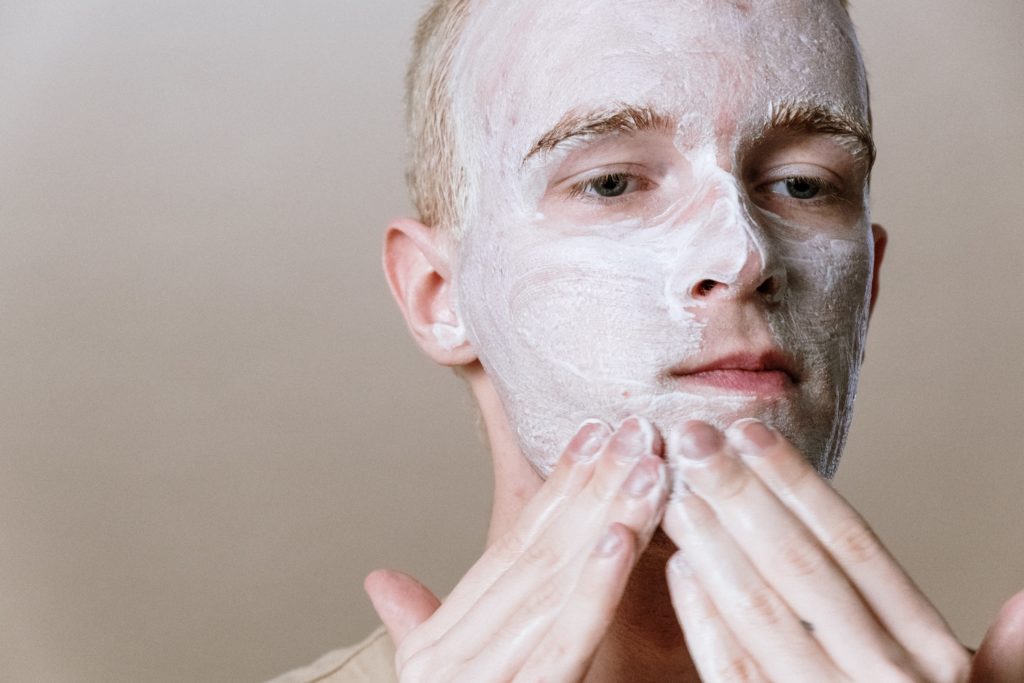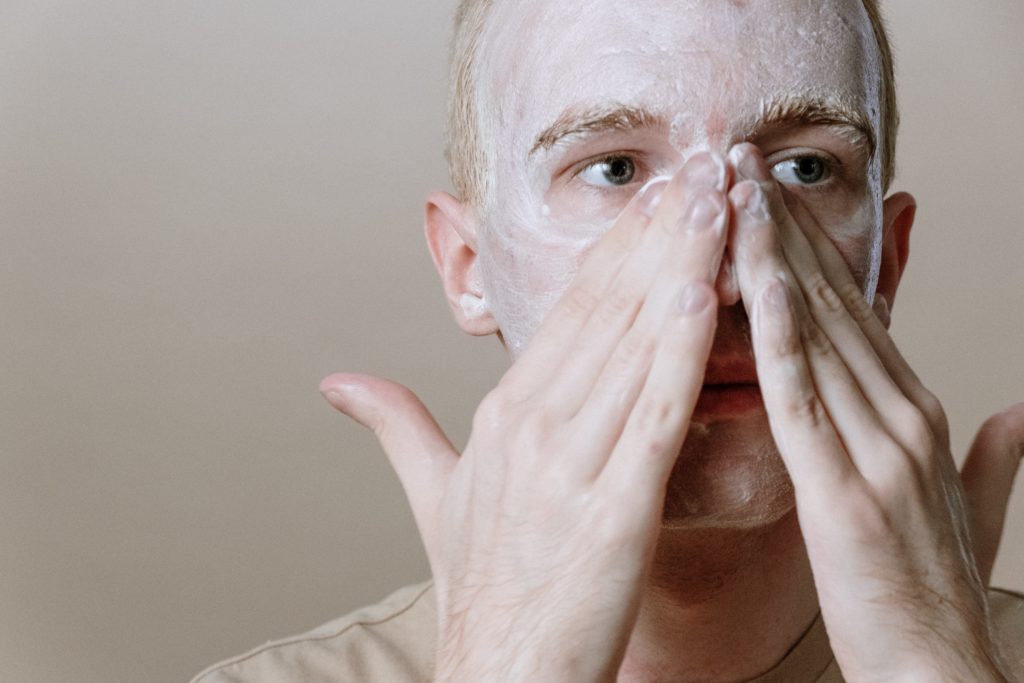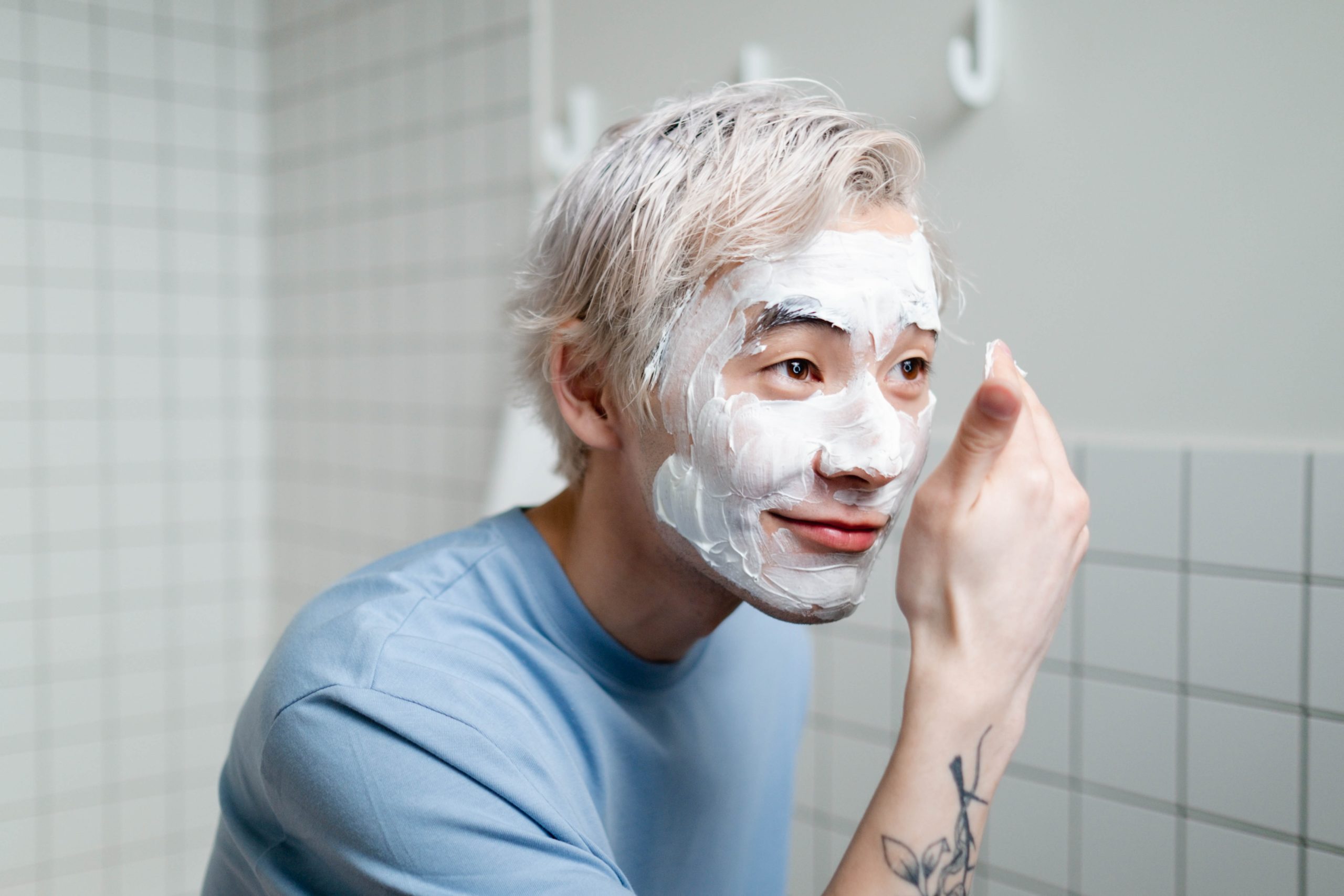Taking care of our skin is essential for maintaining its health and appearance, and using a cleanser is a crucial step in any skincare routine.
However, many of us have experienced the frustration of using a cleanser that doesn’t seem to deliver the expected results. If you’ve ever wondered why your cleanser is not working as effectively as you’d hoped, you’re not alone.
In this article, we will explore the possible reasons behind this dilemma and provide you with valuable insights on how to address them.
What Is the Purpose of a Cleanser?

Before we dive into the reasons why your cleanser may not be working, it’s important to understand the role of a cleanser in your skincare routine. A cleanser is designed to remove dirt, oil, makeup, and other impurities from the skin’s surface, allowing it to breathe and function optimally. There are different types of cleansers available, such as foaming cleansers, cream cleansers, gel cleansers, and oil cleansers. Each type serves a specific purpose and is formulated to suit different skin types and concerns.
Factors Affecting the Effectiveness of a Cleanser
Inadequate Product Selection
One of the primary reasons why your cleanser may not be working is that you haven’t selected the right product for your skin type. Different skin types require different formulations to address their specific needs.
For example, if you have oily skin, using a cleanser that is too rich or moisturizing can leave a residue and contribute to breakouts.
On the other hand, if you have dry skin, a harsh or drying cleanser can strip away essential moisture, leading to further dryness and irritation.
Incorrect Usage or Application
Even if you have chosen the right cleanser for your skin type, using it incorrectly can hinder its effectiveness. Proper cleansing techniques are vital to ensure that you remove impurities thoroughly without causing any damage to your skin.
One common mistake is not spending enough time cleansing. Ideally, you should cleanse your face for at least 60 seconds to allow the cleanser’s ingredients to work effectively. Additionally, using too much or too little cleanser can impact its ability to clean the skin properly.
Environmental Factors
Environmental factors can also play a significant role in how well your cleanser works. If you live in a highly polluted area, your cleanser may struggle to remove all the accumulated pollutants from your skin.
Likewise, if you have hard water, it can interfere with the cleansing process and leave mineral deposits on your skin, affecting its overall cleanliness. Considering these environmental challenges and adapting your cleansing routine accordingly can help enhance the efficacy of your cleanser.
Underlying Skin Conditions
Your skin’s specific conditions and concerns can also influence the effectiveness of your cleanser. If you have acne-prone or sensitive skin, using a harsh or abrasive cleanser can exacerbate these conditions, leading to increased breakouts or irritation.
It’s essential to choose a cleanser that is gentle and suitable for your specific skin concerns. In some cases, consulting a dermatologist can provide valuable insights into the right cleanser to address your skin’s needs effectively.
Signs That Your Cleanser Is Not Working

To determine if your cleanser is not working as it should, it’s crucial to be aware of certain signs that indicate its inefficacy. Here are some common signs to look out for:
Residue or makeup left on the skin
After cleansing, if you notice that there is still residue or traces of makeup on your skin, it’s a clear indication that your cleanser is not effectively removing all the impurities. Your skin should feel clean and fresh after cleansing, with no visible remnants of makeup or dirt.
Skin feels tight or dry after cleansing
If your skin feels tight, dry, or uncomfortable immediately after cleansing, it could be a sign that your cleanser is too harsh or stripping away too much moisture. A good cleanser should clean your skin without leaving it feeling dry or tight.
Breakouts or increased skin irritation
If you experience breakouts or an increase in skin irritation after using a particular cleanser, it may not be suitable for your skin type or concerns. Harsh cleansers can disrupt the skin’s natural balance and lead to increased breakouts or irritation, especially for acne-prone or sensitive skin.
Lack of improvement in skin concerns
If you have been using a cleanser targeted towards specific skin concerns, such as acne or uneven skin tone, and you notice no improvement over time, it may indicate that the cleanser is not effectively addressing those concerns. It could be due to inadequate formulation or insufficient active ingredients in the cleanser.
Solutions for a More Effective Cleansing Routine

Now that we have identified the possible reasons why your cleanser may not be working, let’s explore some solutions to enhance the efficacy of your cleansing routine:
Selecting the right cleanser for your skin type
Take the time to understand your skin type and its specific needs. Look for cleansers that are formulated to address those needs. Read ingredient labels to ensure that the cleanser contains beneficial ingredients suited to your skin type.
Proper cleansing techniques
Pay attention to your cleansing technique. Consider incorporating the double cleansing method, especially if you wear makeup or sunscreen. Use gentle massaging motions to cleanse your skin, promoting better blood circulation and deeper cleansing.
Adapting to environmental challenges
If you live in a polluted area, consider using additional cleansing steps, such as micellar water or oil cleansing, to remove impurities effectively. If you have hard water, use water filters or softeners to minimize mineral deposits on your skin.
Addressing underlying skin conditions
If you have specific skin conditions or concerns, consult a dermatologist to determine the best cleanser for your needs. They can provide personalized recommendations and guide you in adjusting your skincare routine accordingly.
Conclusion
A cleanser plays a vital role in maintaining healthy and radiant skin. If you find that your cleanser is not working as effectively as you’d hoped, it’s important to identify the underlying reasons and take appropriate steps to address them.
By selecting the right cleanser for your skin type, adopting proper cleansing techniques, adapting to environmental challenges, and addressing underlying skin conditions, you can optimize the effectiveness of your cleanser and achieve the desired results.
FAQs
1. How often should I cleanse my face?
It is generally recommended to cleanse your face twice a day, once in the morning and once in the evening, to remove dirt, oil, and impurities.
2. Can you use the same cleanser for both morning and evening?
Yes, you can use the same cleanser for both morning and evening as long as it suits your skin type and effectively cleanses your skin without causing any dryness or irritation.
3. Can I skip cleansing in the morning if I cleansed my face before bed?
While cleansing in the morning may not be as essential as in the evening, it is still beneficial to cleanse your face in the morning to remove any sweat, oil, or product residue that may have accumulated overnight.
4. Should you exfoliate in addition to cleansing?
Exfoliating can be a beneficial step to incorporate into your skincare routine, but it is not a replacement for cleansing. Exfoliating helps remove dead skin cells and promote cell turnover, but cleansing is necessary to remove surface impurities and maintain clean skin.
5. How long should you wait after cleansing before applying other skincare products?
It is generally recommended to wait for a minute or two after cleansing before applying other skincare products. This allows your skin to fully absorb the benefits of the cleanser and ensures the proper efficacy of subsequent products.



